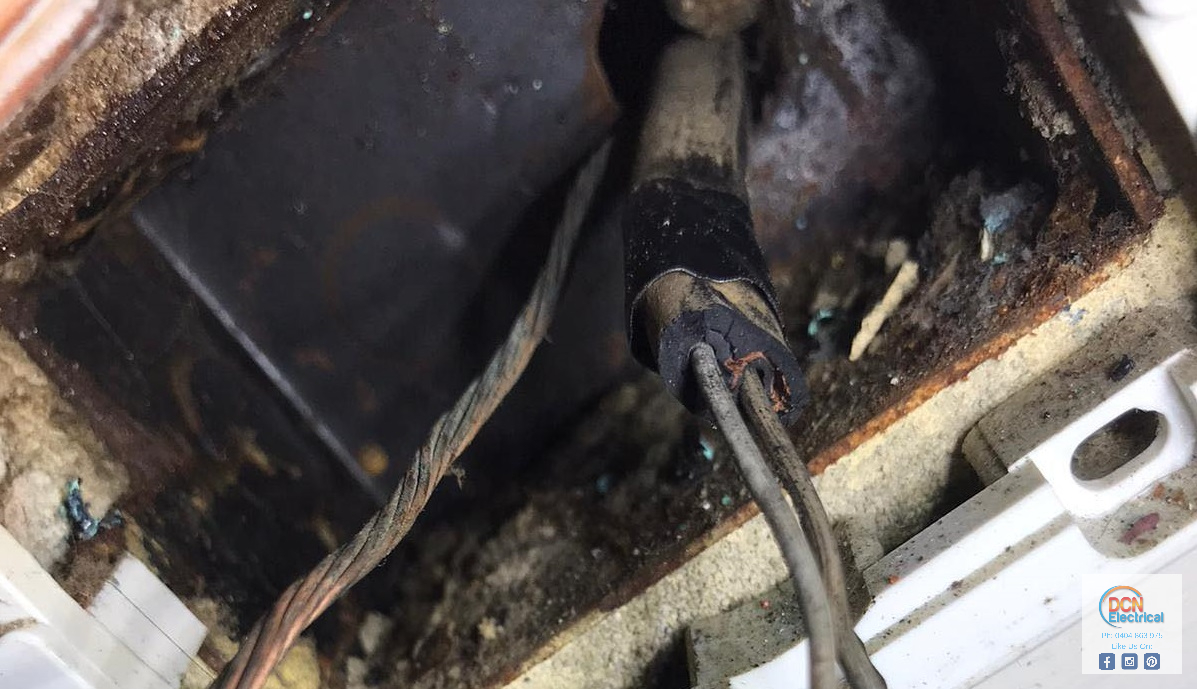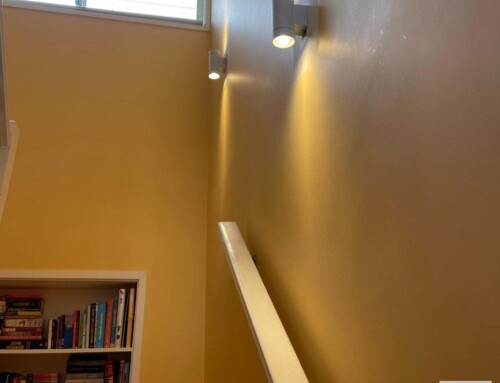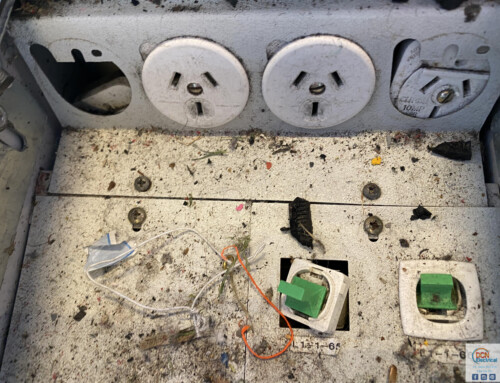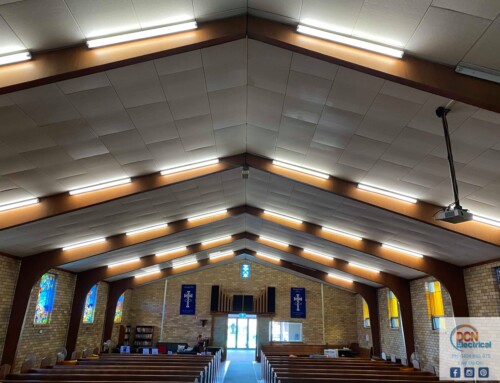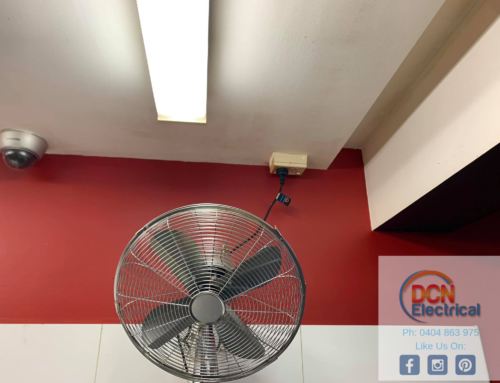Welcome to our blog, where we shed light on an often overlooked issue that poses serious risks in many Sydney homes – the presence of Vulcanised Indian Rubber (VIR) electrical cables. While VIR cables were commonly used in electrical installations several decades ago, their deteriorating condition over time has become a cause for concern. In this article, we will discuss the dangers associated with these outdated cables, address five frequently asked questions regarding the issue, and explore six unexpected benefits of rewiring for your family and home.
Dangers of Vulcanised Indian Rubber Electrical Cable:
As time passes, the once commonly used Vulcanised Indian Rubber (VIR) electrical cables in Sydney homes have become a hidden danger lurking within the walls. These outdated cables, which were prevalent several decades ago, pose serious risks to the safety of your family and property. The aging process causes the insulation of VIR cables to deteriorate, leading to potential electrical hazards and an increased risk of fires. Exposed live wires, brittleness, and the possibility of circuit overloads are just a few of the dangers associated with VIR cables. Furthermore, insurance complications and non-compliance with safety standards can further exacerbate the consequences of maintaining these outdated cables. In the next section, we will address the most common dangers regarding the presence of VIR cables in your home and provide valuable insights on the importance of rewiring to ensure a safer living environment.
- Electrical hazards: VIR cables are prone to degradation and cracking as they age, potentially leading to exposed live wires and electrical shocks. This poses a significant threat to the safety of your family members and your property.
- Fire risk: The deteriorated insulation of VIR cables can increase the risk of electrical fires, especially in homes with outdated wiring systems. The aged rubber can become brittle and flammable, causing sparks and electrical arcing.
- Overloading concerns: Older homes may not have been built to handle the electrical demands of modern appliances and devices. VIR cables may not be able to safely support the electrical load required, leading to circuit overloads and potentially causing short circuits or even electrical fires.
- Insurance issues: Many insurance providers are now aware of the risks associated with VIR cables and may refuse to provide coverage or charge higher premiums for homes that have not been rewired with modern cables.
- Compliance with safety standards: With advancements in electrical safety standards, the use of VIR cables is considered outdated and unsafe. Failure to update your home’s electrical wiring to current standards may result in non-compliance with regulations and legal implications in the event of an incident.
Frequently Asked Questions about Vulcanised Indian Rubber Electrical Cables:
When it comes to the presence of Vulcanised Indian Rubber (VIR) electrical cables in your Sydney home, you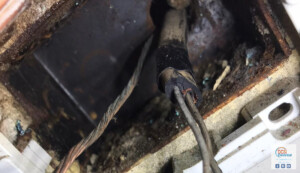 may have several pressing questions in mind. In this section, we will address five frequently asked questions to provide you with the information you need to make informed decisions. We’ll help you identify VIR cables, understand what steps to take if you have them, determine the cost and disruption involved in rewiring, and provide guidance on the frequency of electrical wiring inspections. By addressing these common queries, we aim to equip you with the knowledge necessary to navigate the issue of VIR cables and take proactive measures to ensure the safety and compliance of your home’s electrical system.
may have several pressing questions in mind. In this section, we will address five frequently asked questions to provide you with the information you need to make informed decisions. We’ll help you identify VIR cables, understand what steps to take if you have them, determine the cost and disruption involved in rewiring, and provide guidance on the frequency of electrical wiring inspections. By addressing these common queries, we aim to equip you with the knowledge necessary to navigate the issue of VIR cables and take proactive measures to ensure the safety and compliance of your home’s electrical system.
1. How can I identify Vulcanised Indian Rubber cables in my home?
VIR cables are typically black in colour and have a distinctive rubbery smell. They may also show signs of cracking, brittleness, or insulation deterioration.
2. What should I do if I have VIR cables in my home?
It is highly recommended to consult a licensed electrician to assess the condition of your wiring. They can determine if rewiring is necessary and provide guidance on the best course of action.
3. How much does rewiring cost?
The cost of rewiring a home varies depending on various factors such as the size of the property, the complexity of the electrical system, and the number of rooms. It is advisable to obtain multiple quotes from reputable electricians to get an accurate estimate.
4. Is rewiring a disruptive process?
While rewiring may cause some inconvenience during the process, professional electricians strive to minimise disruptions. They can work in stages, ensuring that you still have access to essential electrical services during the rewiring process.
5. How often should I have my home’s electrical wiring inspected?
It is recommended to have your electrical wiring inspected by a licensed electrician every 10 to 15 years, or sooner if you notice any signs of deterioration, such as flickering lights, tripped circuits, or damaged cables.
Unexpected Benefits of Rewiring VIR Cable:
While the dangers of Vulcanised Indian Rubber (VIR) electrical cables are concerning, it’s important to remember that rewiring your Sydney home goes beyond mitigating risks. In fact, there are several unexpected benefits that come with updating your electrical system. In this section, we will explore six advantages that you may not have anticipated. From enhanced safety and increased electrical capacity to improve energy efficiency and access to advanced technologies, rewiring offers a range of advantages for your family and home. Not only does it provide peace of mind, but it can also increase the value of your property and open up possibilities for modern amenities and smart home features. Join us as we delve into the unexpected benefits of rewiring and discover how this crucial upgrade can transform your living environment for the better.
- Enhanced safety: By replacing outdated VIR cables with modern wiring systems, you significantly reduce the risk of electrical hazards and fire incidents, ensuring a safer living environment for your family.
- Increased electrical capacity: Rewiring allows you to meet the demands of modern technology, providing ample electrical capacity for appliances, electronics, and future upgrades without overloading circuits.
- Improved energy efficiency: Modern electrical cables are designed to be more energy-efficient, reducing wasted electricity and potentially lowering your energy bills.
- Enhanced home value: Upgrading your electrical wiring can increase the value of your home, making it more attractive to potential buyers or tenants who prioritise safety and modern amenities.
- Access to new features and technologies: Rewiring opens up opportunities to incorporate advanced features such as smart home automation systems, energy monitoring, and efficient lighting solutions, enhancing your overall living experience.
- Peace of mind: Knowing that your home’s electrical system is up to date and compliant with safety standards provides peace of mind, allowing you to enjoy your home without constant worry about potential electrical hazards.
Awareness of the dangers associated with Vulcanised Indian Rubber electrical cables is crucial for homeowners in Sydney. Prioritising the safety of your family and home by considering rewiring not only mitigates the risks but also brings unexpected benefits, ensuring a more secure and comfortable living environment. Contact DCN Electrical today to assess the condition of your wiring and take the necessary steps towards a safer and more efficient home.

